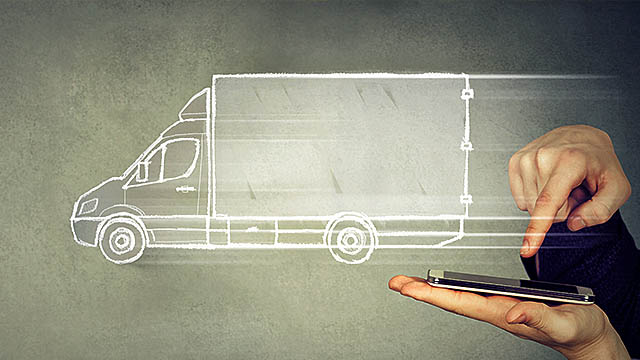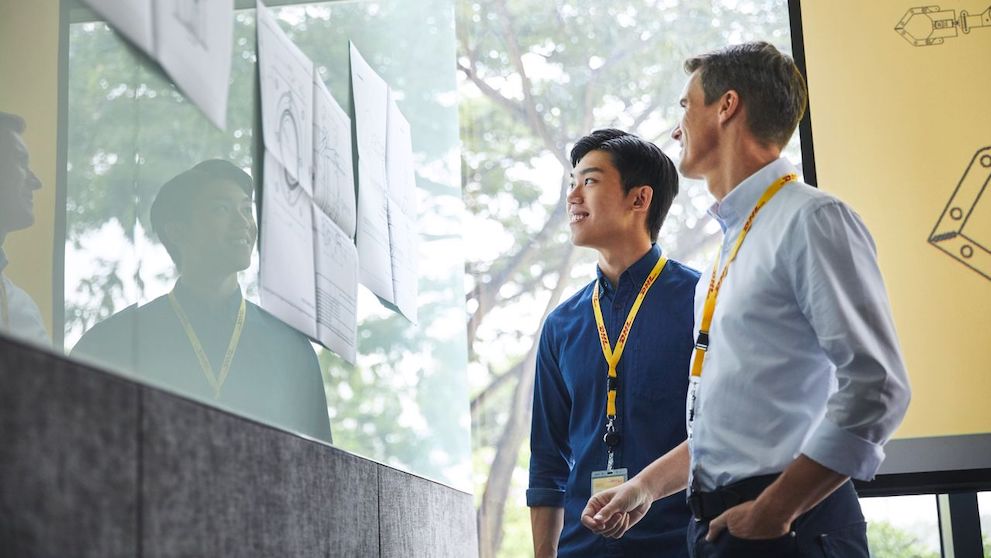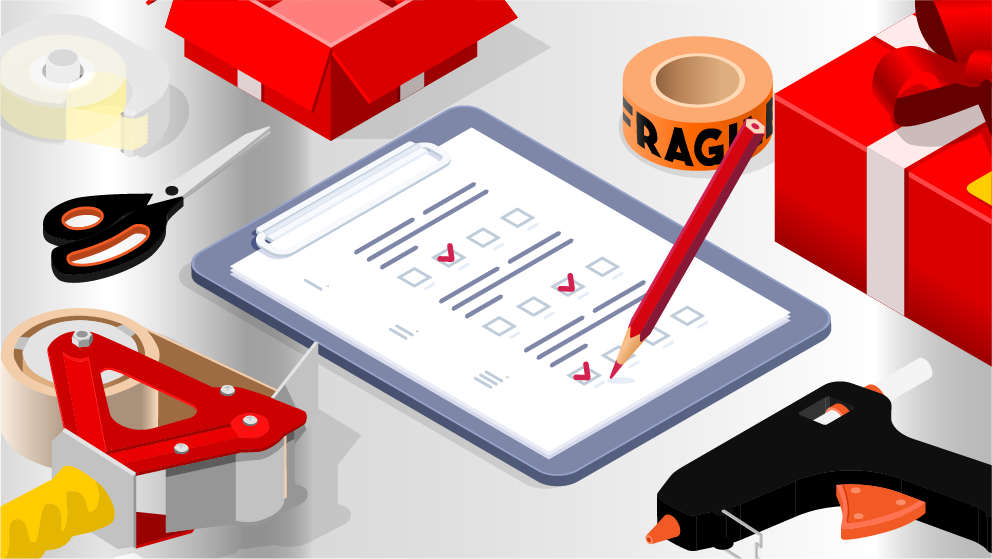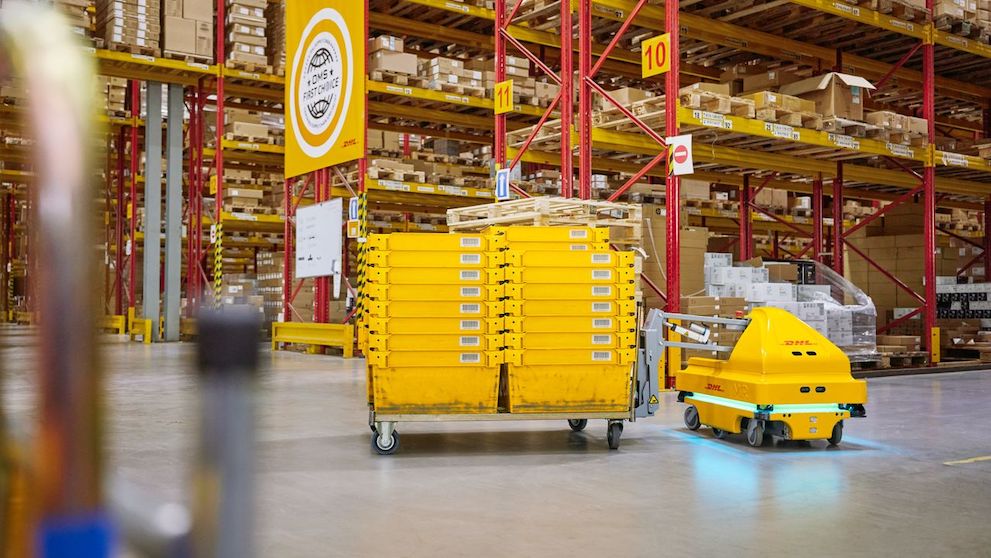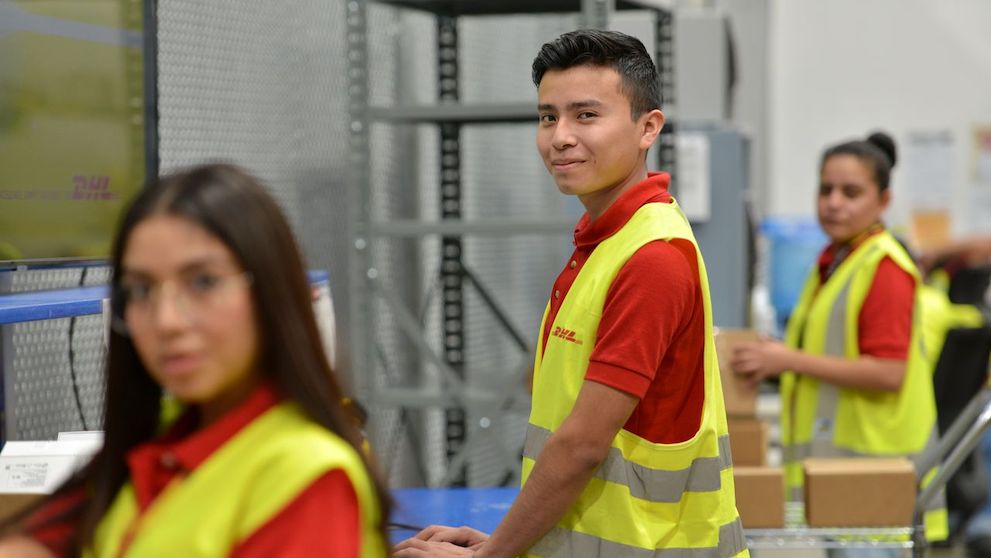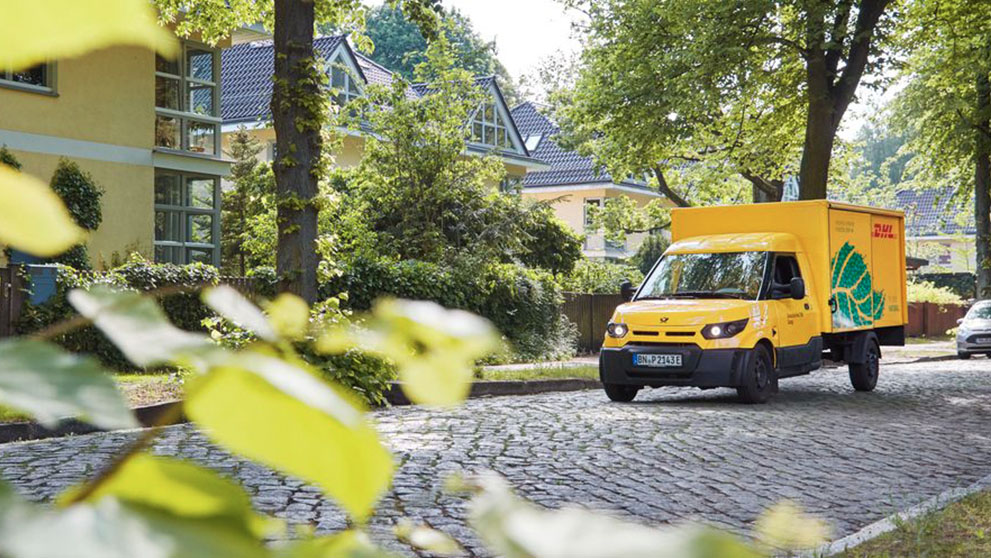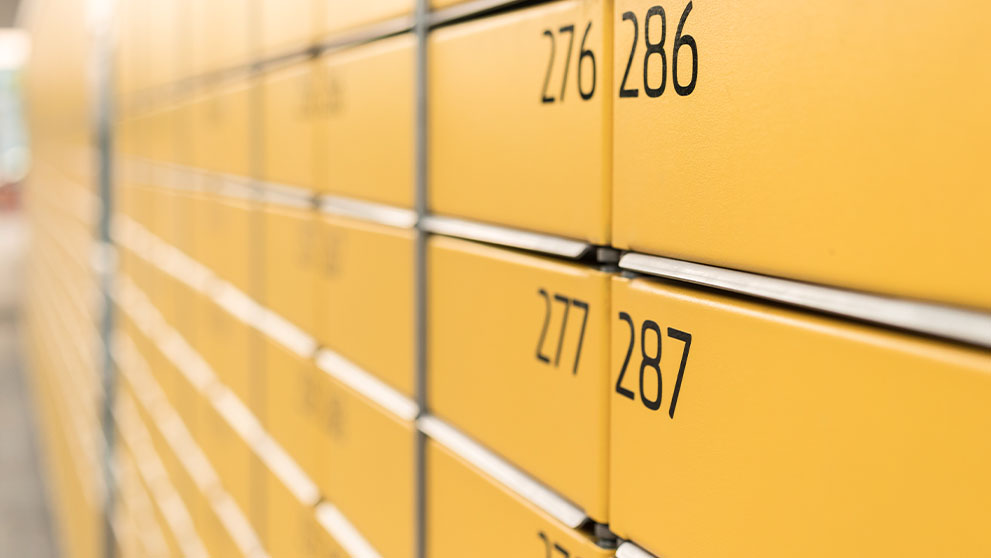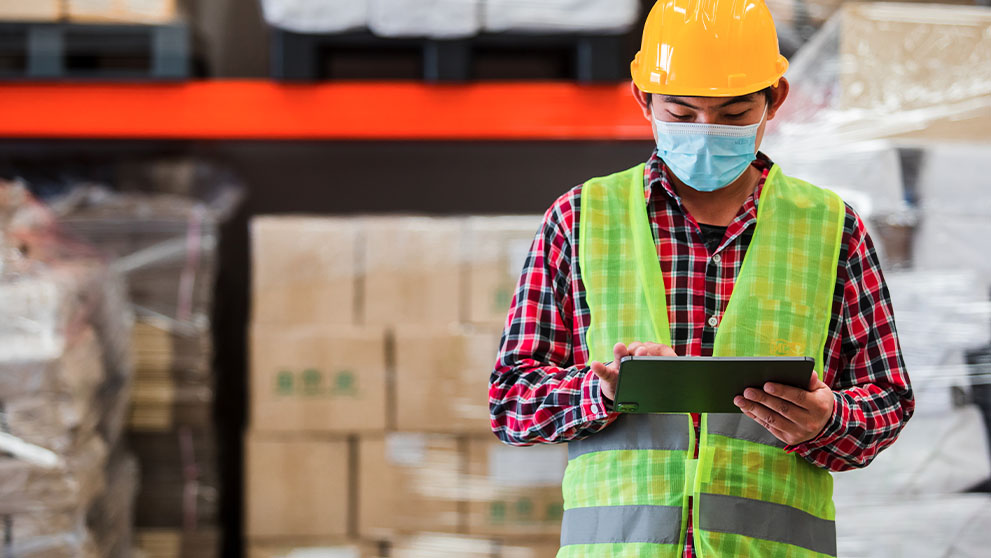Customers have come to expect faster deliveries at lower prices. From small e-commerce outfits to logistics giants, companies need to adapt to the rapidly changing world of global shipping.
The most tangible changes in the industry are often visible with last-mile deliveries. Here are three innovations that are already, or soon will be, revolutionizing the trade:
1. The mobile warehouse
Upselling is one of the oldest strategies in sales, and when it comes to e-commerce, last-mile deliveries are the latest area for innovation.
2. On-demand drivers
From Uber to Airbnb, crowdsourced workforces are a crucial aspect of 21st-century business innovation.
For the world of logistics, turning to on-demand drivers is an efficient way of expediting the last-mile delivery process. In fact, it is already being done for services like UberEATS and Amazon Flex, which allow drivers to make money through deliveries on their own time, with their own vehicles. While such methods can often lack the efficiently planned out and perfected delivery routes developed by many major logistics firms, it offers customers a speedy last-minute, door-to-door option that is simply unmatched. For the moment ...
